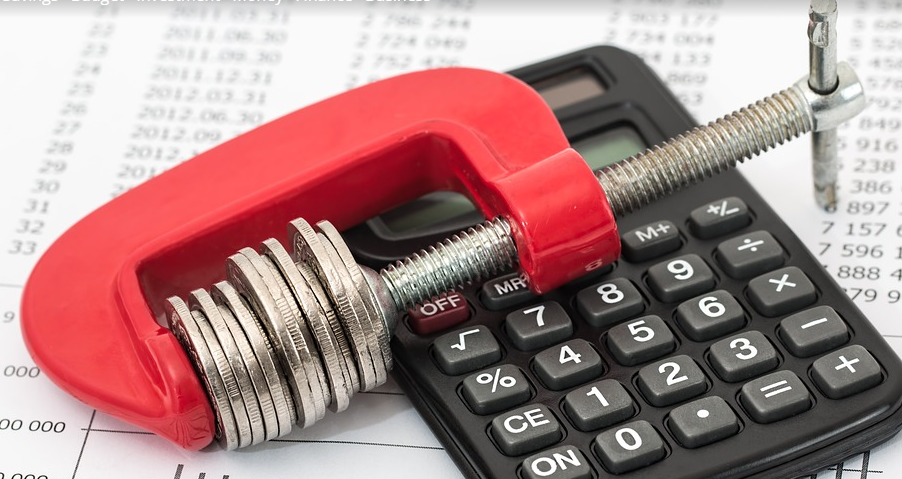What is SuccessCrete resin bound stone?
SuccessCrete resin-bound system is a surface solution that involves a hard-wearing course of resin mixed with dried aggregates. This is laid onto a new or existing macadam or concrete base.
Unlike a SuccessCrete resin bonded system, in which the dried aggregates are scattered over an entire resin layer, a resin-bound system is permeable. It can be used as part of a SUDS-compliant installation.
What can SuccessCrete resin bound stone be used for?
SuccessCrete Resin bound stone systems are highly versatile and can be used for a wide range of surfaces, including…
- Driveways
- Paths
- Patios
- Parks & Gardens
- Concourses
- Car Parks
- Cycle Paths
- Terraces
- Bridges
- Schools
- Towpaths
How to install SuccessCrete Resin Bound Driveway
Before you start
It would help if you also considered the following before you begin
- Is the surface suitable?
- Is the base stable?
- Is there any cracking on the surface?
- Is there any damage?
Pre-installation: Preparation
The surface must be free from contamination or water before application, as such cleaning/drying may be required. The ambient temperature, relative humidity, and ground temperature should be tested and recorded before and during application.
All substrates to be coated should have a surface temperature at least 3°C above the dew point and rising to reduce the risk of delamination due to condensation or surface foaming of the system.
What surfaces are suitable for SuccessCrete Resin Bound Stone system base?
SuccessCrete Resin Bound Stone system base must be stable and suitable for the load it is expected to take once completed. A suitable SuccessCrete Resin Bound Stone base could be tarmac, Asphalt, or Concrete. Suitable bases for a Resin Bound system include the following:
- Macadam
- Asphalt
- Concrete
The sub-base should be made up of around 150mm of MOT Type 3, which should be rolled using a vibrating roller to ensure a solid and stable surface.
Final checks before starting
Before getting started with the mixing process, you must make the following checks:
Rain: Do not attempt an installation if rain is forecast during or within 4 hours of completion. We recommend having a reliable weather app on your smartphone.
Surface moisture: Use an outdoor hygrometer to check for humidity. If the humidity level is below 80%, it is okay to work. Any higher, and you may need to delay the project.
Surface checks: Make sure the base surface has been primed and dried.
Materials: Check your aggregates and other materials for quantity, batch, and color.
Check area: Re-measure the work area to ensure you have all the materials you need to complete the project.
Clean and prepare equipment: You will need to make sure all your equipment is clean and ready for use.
Edging tape: Ensure all edges of your work area have been protected with tape to avoid resin staining.
The process of mixing and laying a Resin Bound driveway is simple. Still, it requires absolute accuracy at every stage to ensure success. Do not try and take shortcuts.
Step 1. How to mix the resin
The specific blends outlined here mustn’t be varied. This is because the precise formulation of resins, when mixed with dried aggregates, has been designed to fit the site’s specific requirements. It is a simple process, but for a successful installation, accuracy is essential at every stage.
Do not take any shortcuts when mixing resin. You should generally only use one batch on a project – if more than one is required, take extra care to use the same batch in one area in case of slight batch-to-batch variation.
You should mix the resin in the container on a plasterer’s board or another protective surface to guard against splashes.
- Make sure the resin container is secure (between your feet) before you start mixing.
- The Part A component of the resin should be mixed for 10-20 seconds at a slow speed, using a high-torque, helical bladed mixer. The accelerator should be added at this stage if required – see the next section for more details.
- The Part B component should then be added. Mix thoroughly at a slow speed for around 2 minutes until it is uniform.
How to change the curing speed
You should allow the surface to cure for around 4 hours at 20°C. If the temperature is lower, this will take longer. If you wish to maintain curing speed, you may add an accelerator (also called a catalyst).
You must use an accelerator for temperatures below 15°C, especially when curing will take place overnight. Your accelerator should be used with each mix to make sure there is uniformity of curing. The only exception is for higher consistent temperatures of 25°C.
Step 2. Mixing resin, dried aggregates, and sand
The Mixer of your three-person team should carry out the following.
- Place one 25kg bag of 2-5mm aggregates and one 25kg bag of 1-3mm aggregates into your Forced Action Mixer.
- Add the pre-mixed resin to the mix and start your stopwatch.
- Add the two remaining 25kg bags of 2-5mm aggregates.
- Slowly add the bag of sand
The mixing should take no longer than five minutes. Make sure the sand has been distributed evenly throughout the mix.
- When ready, empty the mix into your plastic-lined wheelbarrow.
- Switch the Mixer off and ensure all of the mixes are scraped from the Mixer. The forced action mixer must be cleaned thoroughly after every mix to avoid contamination.
Important points to remember
- Make sure your aggregates are not damp before mixing
- You must mix for sufficient time to avoid any material being left uncoated
- Ensure every mix is the same duration
- Make sure the correct blend of aggregates is used
- Keep aggregates in the shade
Step 3. Transfer material to the work area
- The luter must take the mix over to where the troweller will work.
- Tip manageable quantities of the material, ensuring the mix is spread as evenly as possible. Too much material means more trowelling and working on the mix.
- Look at the surface that has previously been trowelled, checking for inconsistencies at every possible angle. Marks and anomalies can be easily fixed at this stage, but not later on after the mix has cured.
Step 4. Trowelling the material
- Plan the laying route and grid the area out in squares with chalk.
- Lay batons to indicate where the luter should tip the mix
- You may use a screed bar to even out the mix further before trowelling
- Make sure the trowel is cleaned thoroughly with white spirit before trowelling. It should be cleaned regularly throughout the trowelling process. We recommend this be done approximately every six strokes. A dirty trowel will become sticky and will drag aggregates out of place.
- Pack aggregates into every edge to ensure there are no gaps
- Knit the mix together, making sure the aggregates form a closely compacted, level surface. Use the trowel with the edge slightly raised away from the stroke, applying consistent pressure to prevent the trowel from digging into the mix.
- The mix should be trowelled until the top of the aggregate moving in a fluid movement and become solid. This must be done in as few strokes as possible.
- Once leveled and compacted, the surface can be smoothed (polished). This will help to leave an attractive sheen on the surface.
- Ensure each trowelled section’s edge is rough and unworked. The next batch of aggregate can seamlessly and easily be blended into it.
- Add light and even sprinkling of crushed glass to provide additional slip resistance.
Once completed, mark the area clearly with cones and tape to prevent anybody from accidentally walking on the surface before it is ready.
Your customer’s finished SuccessCrete Resin Bound Stone driveway.
You must adhere to these steps rigidly to prevent any variation in the installation. Consistency and accuracy are key to success in SuccessCrete Resin Bound Stone. The completed surface should be smooth, flat, and, of course, stunning to look at!
Materials and equipment
Dried Aggregates
You can choose from a wide range of stunning aggregates in multiple sizes and colors. Your aggregates will determine your customer’s Resin Bound driveway’s overall appearance, so it is important to choose well! If in doubt, you can order a sample before committing to a large order.
Resin
We recommend using UV-resistant resins for external applications, such as SuccessCrete Resin Bound Stone driveways. This will help prevent the breakdown and discoloration of the surface over time.
Forced Action Mixer
To mix your resin and aggregates, you will require a forced action mixer.
Other equipment you will need
- Forced Action Pan Mixer
- Generator or power supply
- 110v transformer and lead
- Drill with slow start facility
- Whisk paddle
- Gaffer tape
- Resin trowel
- 5L /10L buckets, scrapers and small paintbrush for keeping Mixer clean
- Plenty of cleaning rags
- Wooden lute
- Knit wrist and latex gloves
- Clean wheelbarrow – polythene liners recommended
- Clean shovel
- Stanley knife
- Tarpaulins
- WD 40
- Gas burner and bottle
- Stiff brush
- Knee pads
- Disposable trousers
- Stopwatch
- Gazebo
- Hard Barriers, Cones and Warning Tape
- Beading if required
- Reflective Blankets (to cover stone and resin in hot weather)




